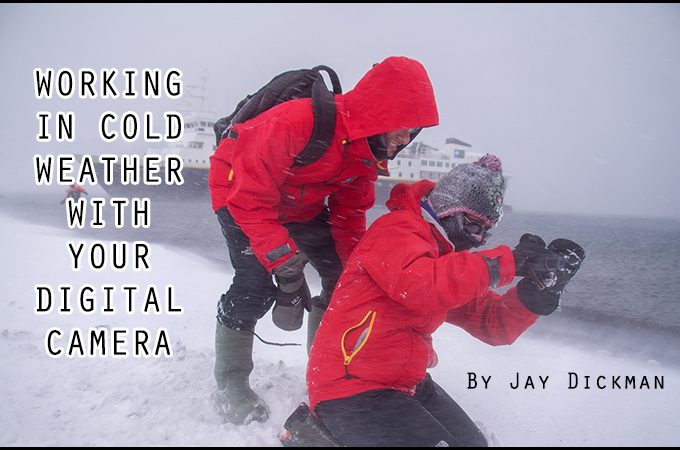
TIPS: Working in Cold Weather with Olympus Cameras
By Olympus Visionary Jay Dickman – His Website is HERE
Snow, rain, fog, all sorts of “atmospherics” that keep most sane people inside, can be very productive photographic environments in which we can work. While everyone else is hunkering before the fire, the avid photographer puts on their or cold weather gear to brave those elements. Why? Because those conditions can provide so many great photographic opportunities.
So how does that photographer prepare for the elements, especially the cold? Here is my list of what you can do to prepare to walk out into that wonderful world of the cold.
Olympus Visionary Jay Dickman out in the Elements with his Olympus Gear – Antartica
Exposure issues When shooting in snow, if in the Antarctic or photographing the kids building a snowman to shooting the skiers, exposure is impacted by those super-bright conditions. Your Olympus has really intelligent design in the metering system and a specific exposure mode for these conditions. On the E-M10, E-M10 MkII, E-M1, E-M5 and E-M5 MkII, there is a “SCN” mode on the exposure mode dial on the top left of the camera. Turn the dial to the SCN mode, on your monitor you’ll see a choice of scenes (a very powerful tool on the camera, as it offers a number of different choices,) scroll through the choices until you come to “Beach & Snow”.
Canadian icebreaker cutting through multi-year ice in the Northwest Passage
–
Jay Dickman on Mt Washington, New Hampshire, on assignment for National Geographic
–
In the Canadian High Arctic, a wave breaks in front of an iceberg in Queens Harbour
–
Weddell seals and Adélie penguins near Brown Bluff in the Antarctic
When taking photos in conditions of super-bright ambient light, the camera’s meter is trying to make that snow or bright sandy beach an average exposure, which is 18% grey. Normal metering of any camera will, in these conditions, create an exposure that looks a bit “muddy.” This is absolutely correct as the meter’s job is to find a bright area, and present the ideal exposure of that mid-gray of 18%. In normal metering mode, what the photographer does is to actually “add” light thru exposure compensation: anywhere from 2/3rd’s of a stop to 1 ½ stops of “+” exposure compensation. “Add light to make it bright” is a great mnemonic to help recall this process. When looking at your histogram, it should be biased towards the bright side, the right, for a correct exposure..not clipped, but definitely biased towards the right.
Ice fjords near Ilulissat, Greenland
–
Icebergs in the Southern Ocean
–
Late day sun breaks out on tabular icebergs in Grand Didier Channel in Antarctica
Here’s where that “Beach & Snow” Scene mode can work for you. The engineers at Olympus have cleverly built this mode for these exact conditions as the camera will automatically create a perfect exposure based on algorithms set into the memory of the camera. Pretty clever and very accurate! You don’t have to make any adjustments to you exposure compensation when in this mode that produces a beautiful jpeg.
Jay Dickman while on assignment in the arctic
Protect your gear: If you are the owner of an Olympus OM-D E-M1 MkII (or E-M1) your camera is already well protected from rain and snow, as are your Olympus Pro lenses. Still, I always carry a chamois cloth or two in my bag. Not the artificial ones, but the real, leather based cloth found at your local auto supply or Walmart/Target. I use these to wipe of heavy amounts of precipitation, or use it as a “raincoat” to cover my gear in a downpour. It can be used, if very clean, to wipe of rain from your protective filter, but don’t use it on the front element!
National Geographic Expeditions members fight a blizzard on Whalers Cove along the Antarctic Peninsula
Ultra-cold conditions: I was on a shoot on the Arctic ice, many miles north of Barrow. The air temperature was well below zero, which creates a different world in which the photographer is working. Not only battery life being an issue, but being aware of conditions into which I was carrying my gear. We were staying in an ice station, built for this event, so one could walk into a hut that was 100 degrees warmer than the outside temperature. This could play havoc on the gear, that huge temperature differential causing my camera to instantly turn into a blob of condensation, due to warm interior air meeting a frozen camera. First time I did this, I immediately stepped back out, which only caused that drenched camera to instantly freeze the moisture on its surface. Okay, I learned from that one. After that, when entering the temperate climate of a heated building from a cold exterior, I’d put my camera gear into a large plastic freezer bag, squeezing out as much air as possible. This created a “micro-climate” from which there wasn’t much moisture to create that large amount of moisture. Often, if going in only to warm-up, I’d leave the gear outside so its temperature matched the air temperature. Did I mention batteries take a hit in the cold? I’d always carry extra batteries in a pocket that stayed a bit warm.
Near Baffin Island, a polar bear luxuriates in the cold weather
–
Whaler’s Cove in the Antarctic, penguins hunker down in teeth of a blizzard
One of the other fun thinks that can happen (and did, several times) is inadvertently placing the frozen camera to my eye, having slid down the protection of my face mask, only to have the camera freeze to my nose. Remember the scene in “A Christmas Story” when Flick stuck his tongue to the pole in freezing temps? Well, it does happen just like that.
Don’t try to blow snow off your camera or lens with your humid breath. This can result in the snow melting to your gear, and possibly refreezing immediately, creating a frustrating situation. Instead, brush that snow or ice off with a small brush or that chamois I convinced you to carry.
At Elephant Island in the Southern Ocean, the spot where Shackleton’s men over-wintered as he sought help, ocean ice with Point Wild landmark in background
–
Tabular icebergs and sea ice in the Grand Didier Channel in the Antarctic
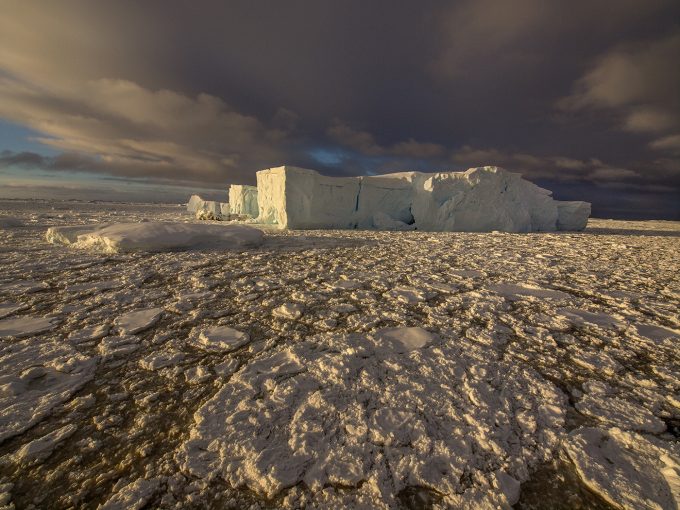
Keep your Battery Warm: Batteries are such a necessary part of today’s photographic experience as everything in digital is power-based. I always carry a couple of back up batteries, fully charged, and usually residing in a pocket of coat or jeans. This ensures that the battery will operate at its top capability.
Handwarmers: Obvious idea, but too many of us forget these small wonders until the morning we want to go out and photograph in cold conditions. Pick up a package from your local outdoor store—REI, Cabela’s, Sierra Trading Post, Bass Brothers or your local sporting goods store will be a good source for these. In really cold conditions, I’ll stick one in my pocket with the batteries as well as one inside each of my gloves, and interior of boots. A battery of any kind will work better when warm.
Macaroni penguin “porpoising” through waters of South Georgia
–
A polar bear near Baffin Island in the Canadian high arctic
Gloves: This suggestion will elicit a big “Duh,” but are your gloves ideal for photography? Traditional mittens, which are the warmest hand-coverings are very efficient for maintaining warmth when outdoors, but if not photo-specific, these can be a barrier to the shooting process. The availability of your digit finger & thumb, to press the shutter or change settings is critical, so I’ve listed a few popular styles of photographers gloves. These have either a very think covering over your fingertips, or the fabric can be pulled back to provide that critical tactile feel.
Polar bear walking across ice in Canadian high arctic
–
Two King penguins in morning light on Gold Harbour, South Georgia
Rucpac Professional Tech Gloves for Photographers won’t allow you to pull covering off of digit finger and thumb, but a thin glove that’s well insulated and is touchscreen compatible.
Freehands Stretch Thinsulate Gloves gloves with good insulation and provide the ability to pull back covering for digit and thumb, critical for total tactile feeling.
AquaTech Sensory Gloves—I use these in polar conditions where I may have my hands in or very near frigid water.
The Heart Company’s Heat 3 Smart Cold Weather Gloves—I’ve worked in the arctic (below -45 degrees) and in those conditions, you really can’t expose your skin for more than a few seconds before frostbite or serious freezing can occur. These gloves provide an internal membrane, under the mitten cover, with a fabric that not only provides a great tactile feel, but will work with electronic touchscreens.
Polar bear considering going back into water in Canadian high arctic.
–
Antarctic peninsula
–
Iceberg melt, Svalbard
–
In Canadian high arctic, a polar bear shakes after emerging from the cold water
–
Polar bear in Canadian high arctic diving back into water
If you’re going to Yellowstone in the winter, or Gates of the Arctic to photograph the aurora, you can be in dangerously cold conditions, be prepared.
Boots: Nothing will bring your cold-weather adventure to an early end quicker that cold feet or hands. A good investment before you go, there are a number of very good brands. Sorel, Kamik, Muck Boot Company, all make good boots for frigid conditions.

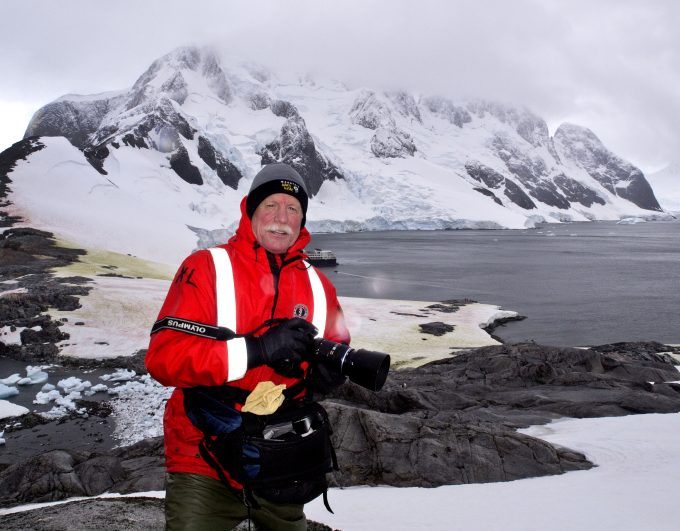
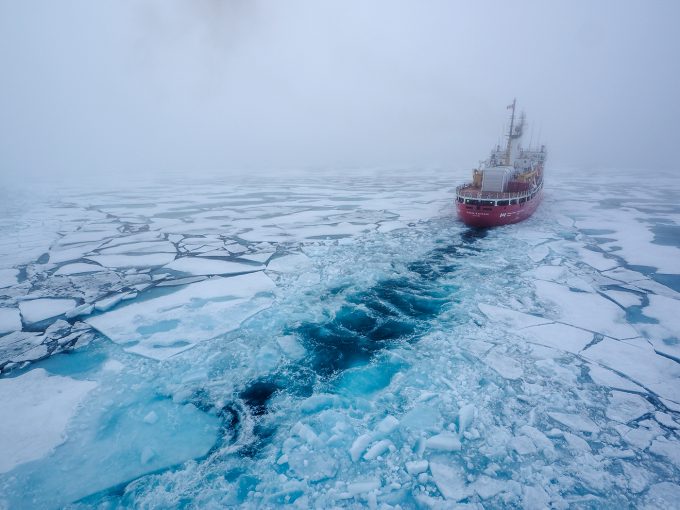
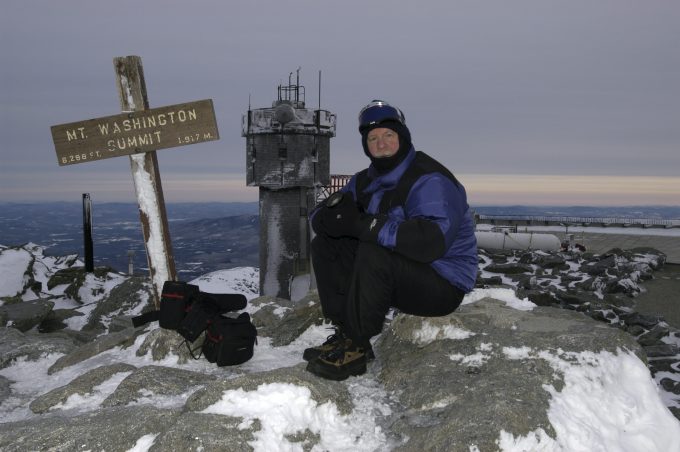
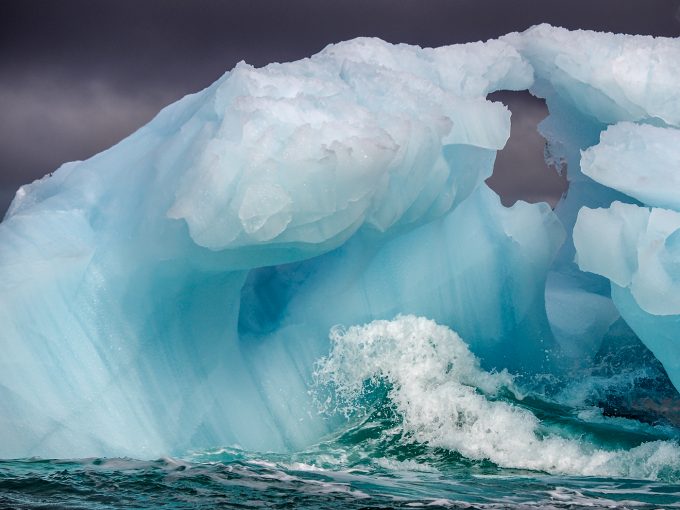
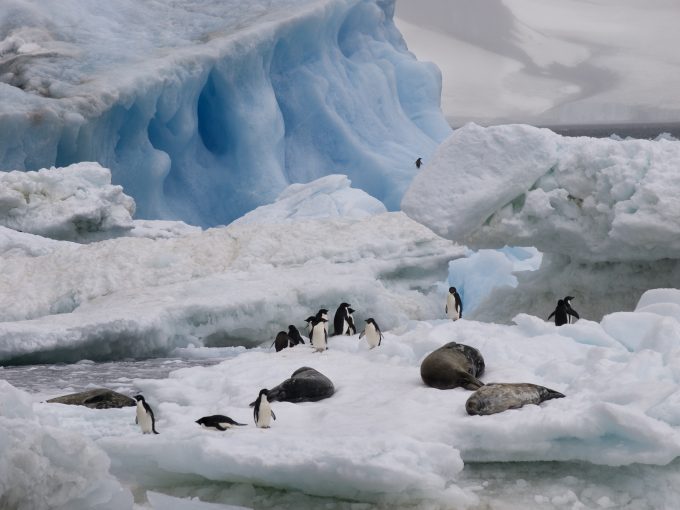
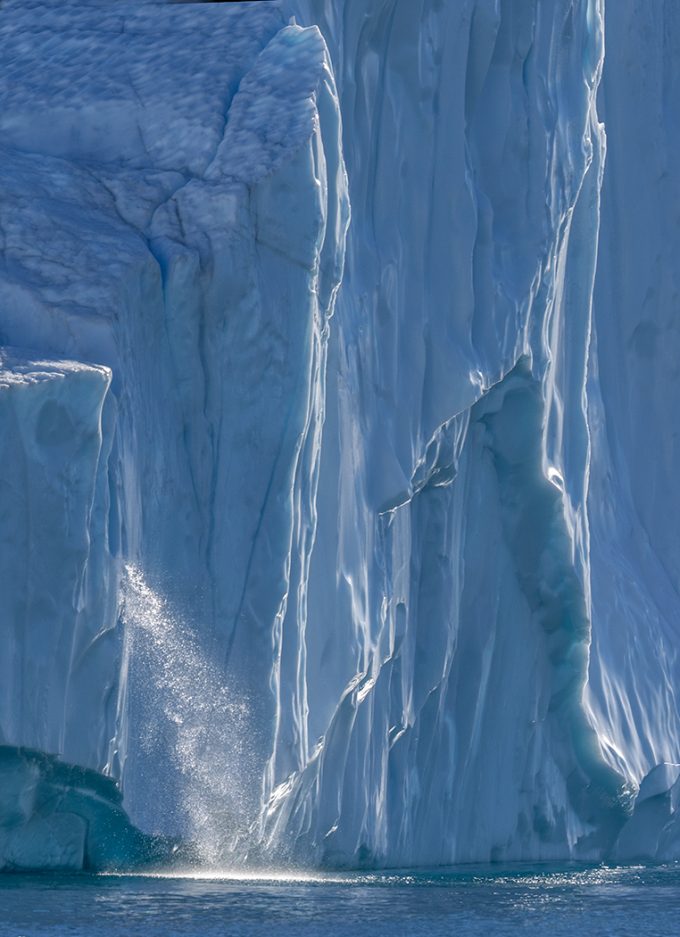
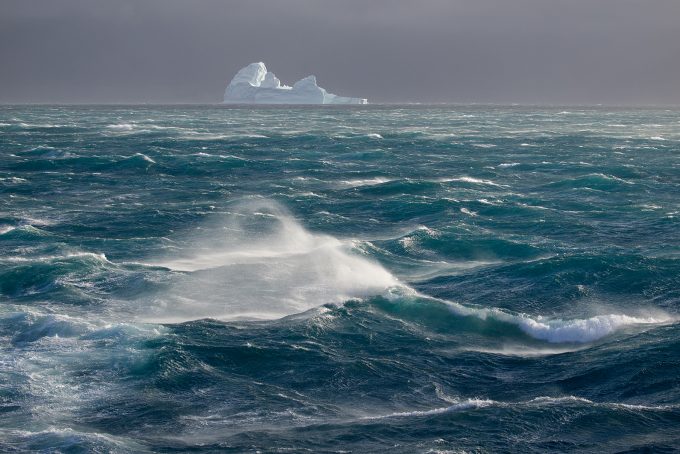
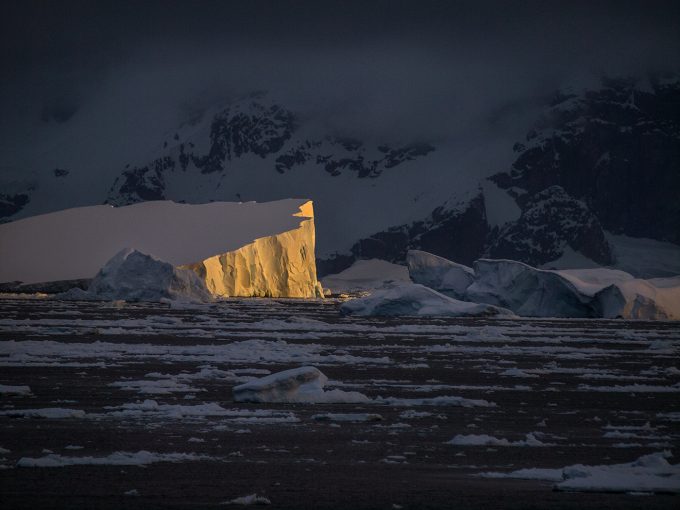
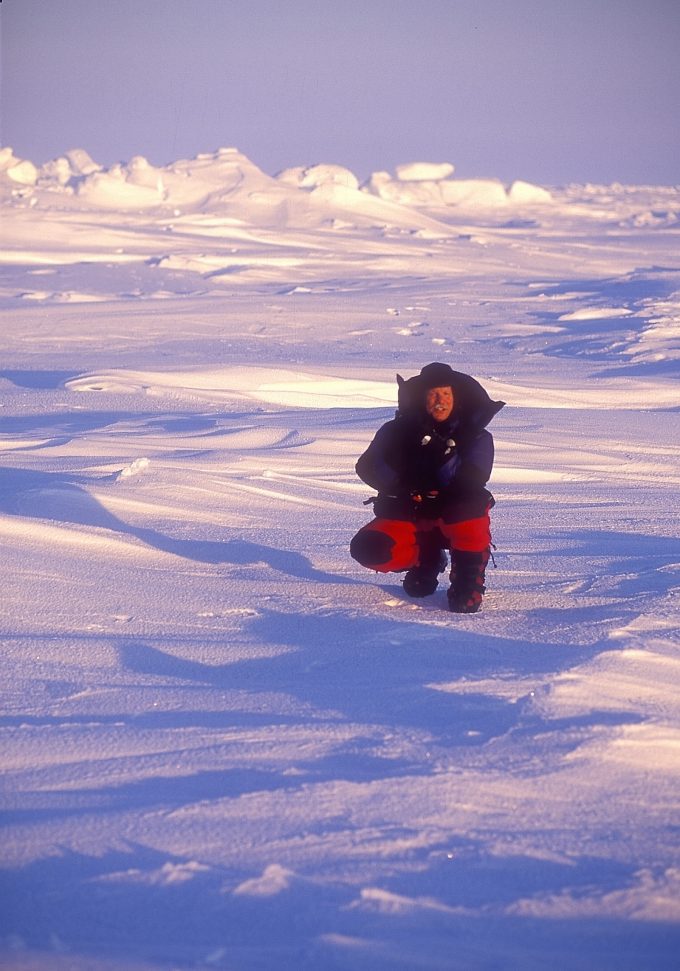
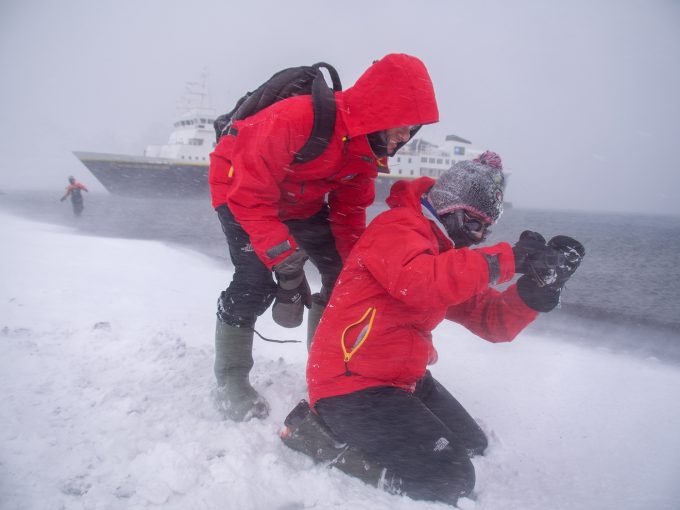
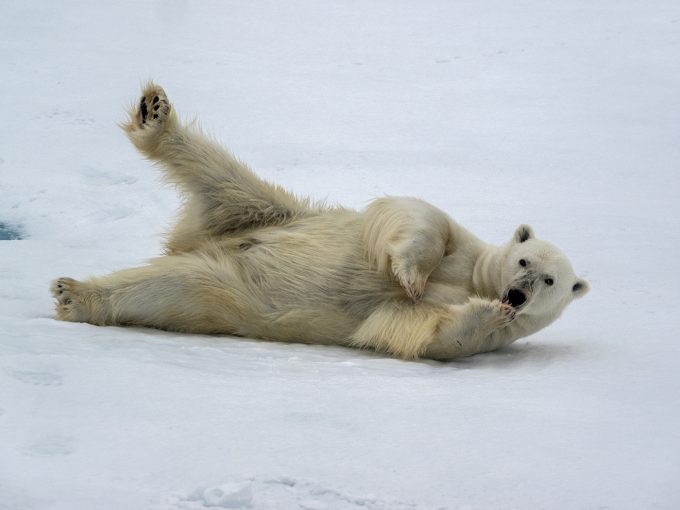
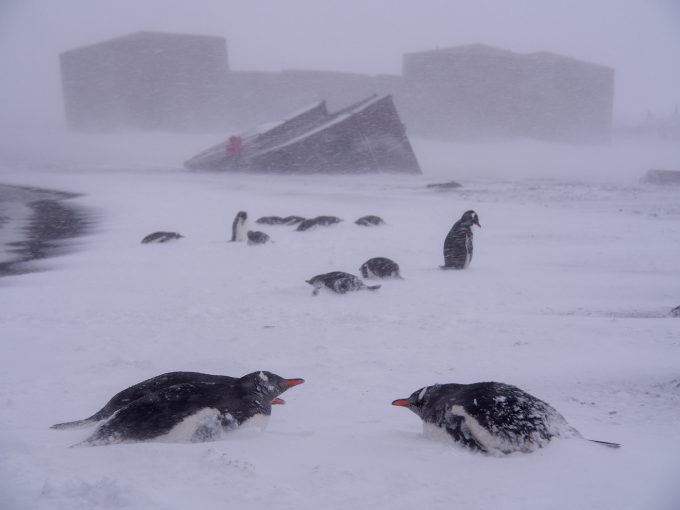
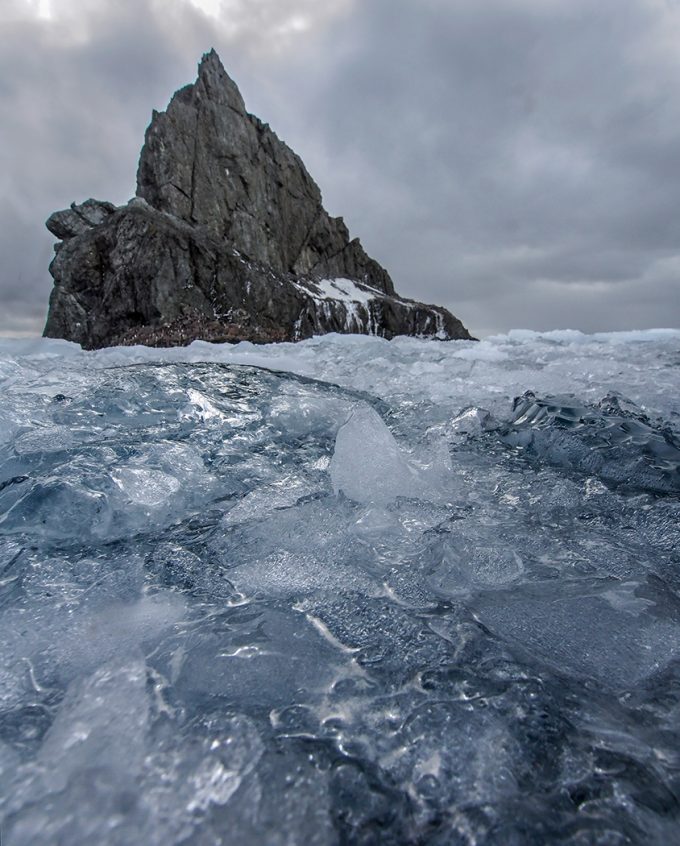
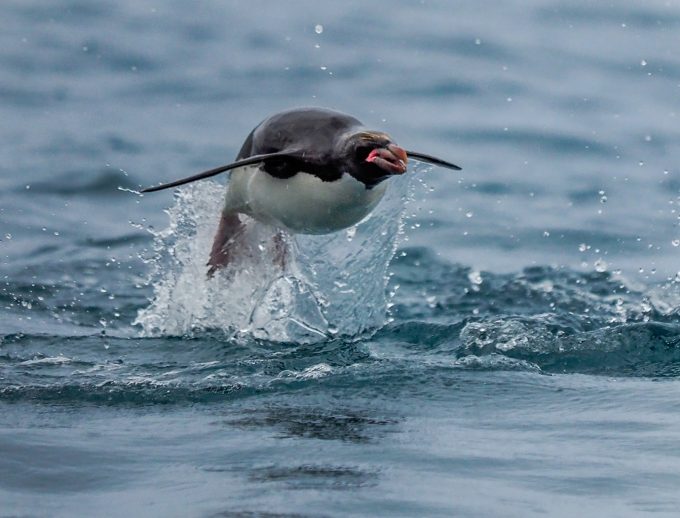
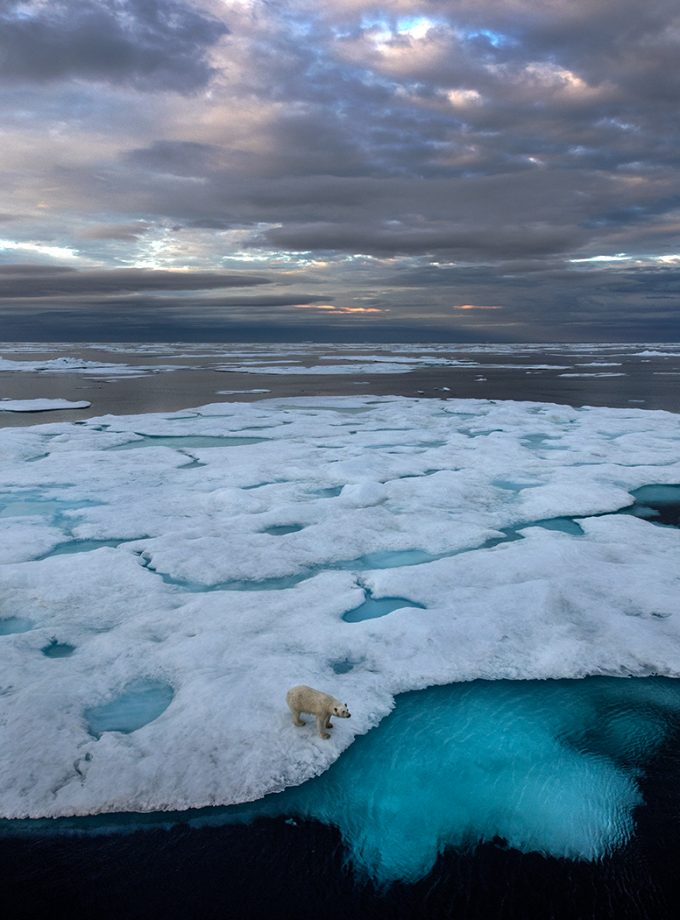
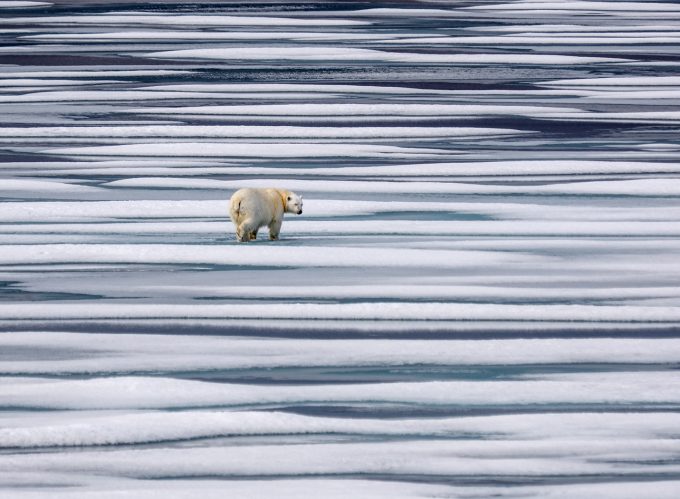
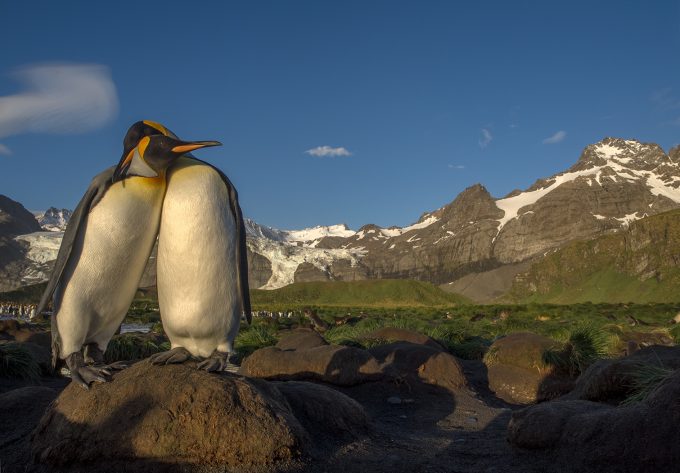
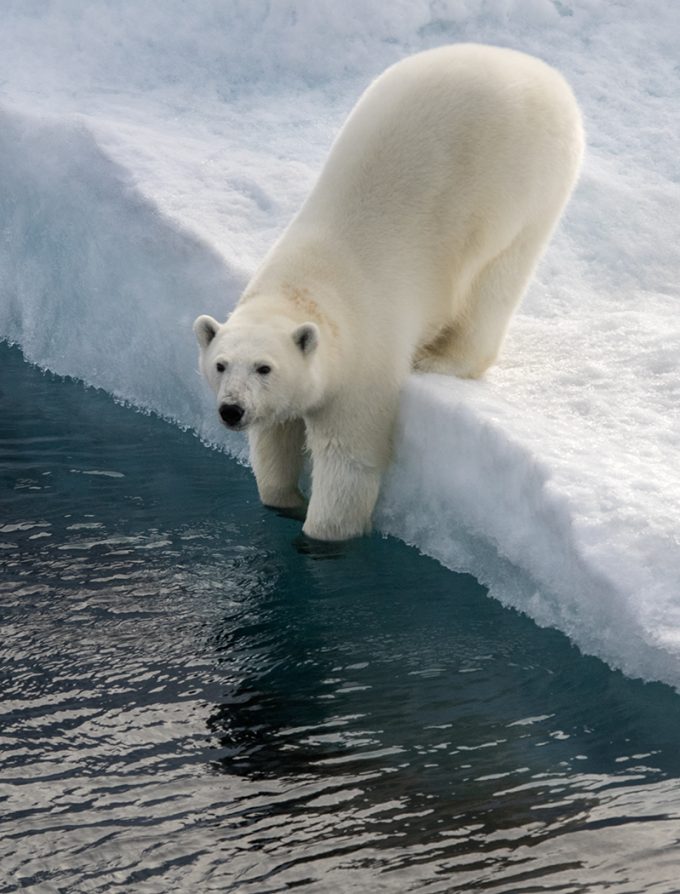
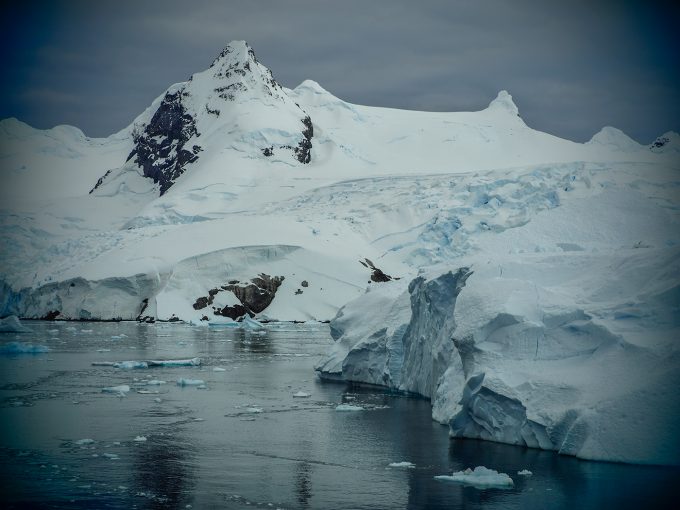
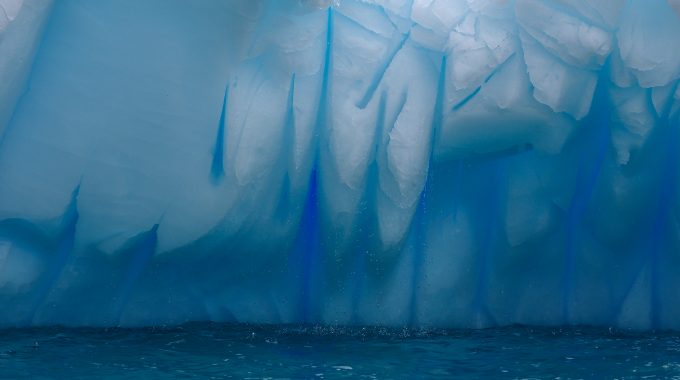
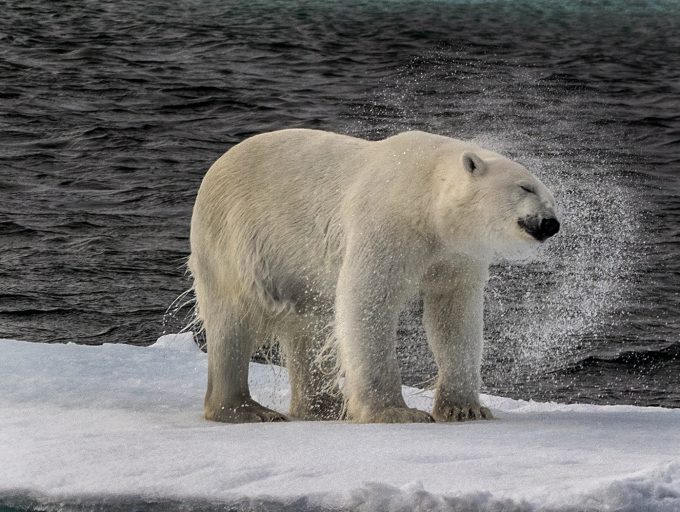
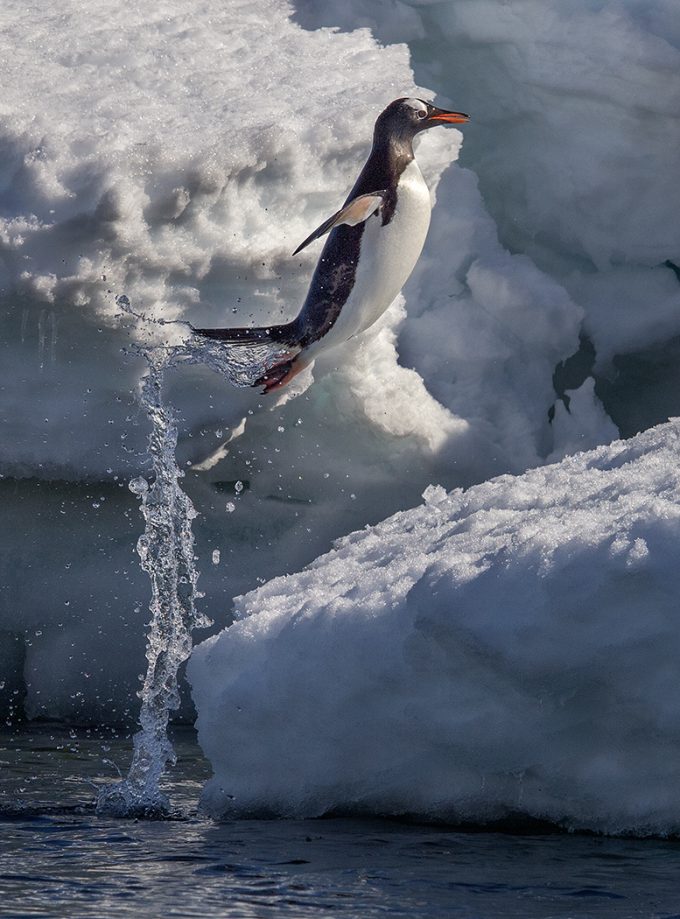

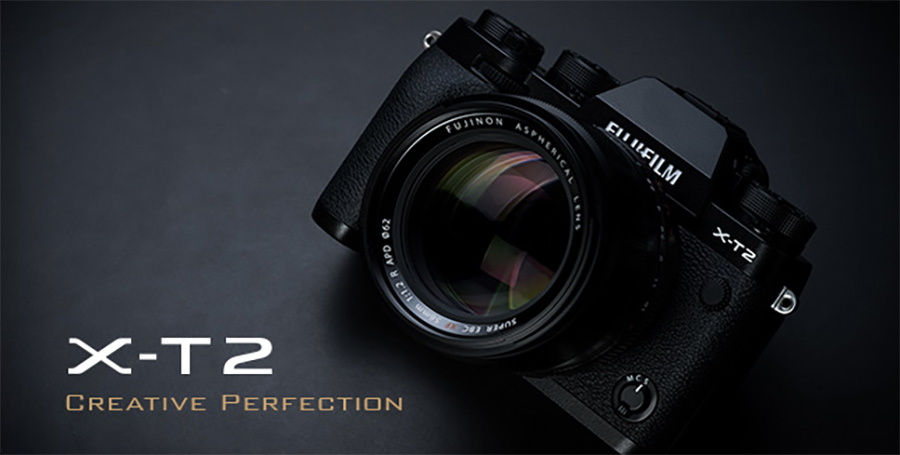

I wonder what would happen to regular camera equipment in such cold condition, such as nikon, sony A7 and Leica M 10. Warm clothing, gloves and boots are easier problem to solve.
Great work
Jay for what you shoot I’d bet the EM1 MKI WILL DO all of what the MKII will do 90% of the time at 1/2 the price. The best the MKII did was lower the street price of the MKI. Still recall pic of EM1 MKI in a running shower taking pictures. Thanks for SCN tip!
Bob in Chicago.
I don’t shoot video, sports or action shots.
Thank you, Jay! Wonderful images and great information. Your images confirm that my choice of Olympus (since 1973!) is the correct one. It’s not that owning Olympus will get me images like yours, but that owning Olympus will not prevent me from getting images like yours.
Nikon, Canon, Sony, Pentax take note: 35mm FF is a niche market any more.
My 4/3 and µ4/3 digital gear produce images superior to anything I ever accomplished with Olympus + film. Your examples easily confirm that.
@ James Pilcher
Yes,
Olympus does a fine job regarding durability and video.
But when you enlarge the Pictures, there is no plain area in color, always grainy texture. And look into the shadows. Grain.
And the micro contrast looks a little oversharpened.
I just don´t understand why people can´t just take a camera-system for what it is? M4/3 is fun to use and sometimes a good addition for your full frame Cam. It´s full of cool bells and whistles. It even has a scene Programm for snow. Nice. So yes, enjoy that little smart camera. But it´s by no way a full frame Camera. I would never say a Medium Format Cam is obsolet because there are so many full frame cams on the market.
Every format has it´s right to be here, and i think full frame is the best compromise between quality and price. Just my opinion.
I do not say that 35mm FF is obsolete in any way. Increasingly, though, photographers select the format for a specific reason, rather than just because it’s there. That is wildly different from 35mm FF in the film days. Thus, I characterize it as increasingly niche. I stand behind that comment.
In fact, all stand-alone cameras (including µ4/3) are becoming increasingly niche as camera phones are taking over with multiple lenses, sophisticated software, and smooth connectivity to everyday life.
Thanks for this! Just gearing up for my first cold weather shoot, dog sledding in Ely, with sometime National Geographic/Smithsonian photographer Layne Kennedy. Gonna be cold!
I loved the post and your fantastic images
Iceberg and wave photo – Hokusai’s The Great Wave off Kanagawa returns – truly stunning
Thanks Jay for your great tips, I’ve been using the good old chamois around my old Hasselblad 500CM since the 90’s and it really works well.
I scored my reusable pocket warmer from a shop Lawn bowlers after a tipoff from my late grandmother! It runs off lighter fluid [no naked flame just a chemical reaction with whatever’s is inside I guess] Also, once you’re in the hut you can throw it your boots/gloves to help dry them out ;).
The bag trick to prevent air contact is something new for me and I’ll try that out next time I’m in the cold.
Beautiful images, to say the least! Just stunning. And great content throughout, really appreciated your bit on gloves.
One of my favorite images in the set is: “Polar bear walking across ice in Canadian high arctic”
Enormously valuable article, thank you for the various tips and guidelines. I am basically a mirrorless and APS-C person, but had to settle for a DSLR (Pentax K-50) when I wanted something really winterised I could afford. Thanks to your article I have found it has a “snow and surf” setting which I now look forward to trying out.
I’ve never tried the ‘beach and snow’ mode but I think it’s worth mentioning that the viewfinders of the OM-D series can indicate over and under exposed areas with colour overlays. The thresholds are even adjustable through the menu settings. I always use these indications, together with the compensation dial, to optimise exposure settings in tricky lighting conditions.
It’s good to know, however, that you have found the SCN mode so reliable, because any adjustments become difficult in extreme weather conditions.
Well pictures in this article are just from other world. Wave and iceberg from Queens Harbour is unreal. I’m in ave.
Fantastic images and a wonderful post.Used to do a lot of bird photography back in the film days.
Very dark and very bright environments are tricky as are white subjects against a large dark background or black against an overall white background.
Imagine how difficult it was with slow slide film !
Used to scoff at those settings in modern cameras but they have their uses.
Those gloves you mentioned are a must as I discovered on my one and only trip to the US Yellowstone – fantastic would love to do it again with a modern Olympus not the OM1 +300 Zuiko lens I had at the time.
Thanks again for a super post.
I’ve always love Jay’s photos and my favorite of these photos is the Polar bear walking across ice in Canadian high arctic. Well done!
Just wow! Beautiful and astonishing images.
Great article and stunning photos!
And to think I was considering selling all of my Olympus gear. WOW. thank you so much for this information and these amazing photos.
WOW!
WOW! In every way,
WOW.
Excellent images,Cheers.
Cool! (heh) Great guidance. Thanks to you, and to Steve for hosting it.
I had not made it to the SCN settings on my Olympus yet–a lot to learn for a guy just transitioning from a Pentax LX . . .
I have lived in Point Barrow (wife’s family owned the point for decades) and Yakutsk (north of Siberia–coldest republic on earth, literally). So, when I say I appreciate the information, it is not academic for me. I can put this to use.
Story you might enjoy:
In 1996 I broke the shutter linkage on a Canonet rangefinder in Yakutsk because of the cold. The Canonet was my carry-around back-up for my Pentax MX. It was -55 Centigrade and some guy was selling ice cream cones on the street–how could I resist?–but I took too long and the shutter linkage froze and broke. Live and learn.
Absolutely beautiful pictures, the light seems unreal. Makes me sad to think we might loose most of this by our disregard for the environment. I would love to take pictures like yours but I doubt I could handle the cold. Congratulations and hope you can send more pictures in the future.
Wow…some amazing imagery here.
I totally agree. There’s more of his fantastic work at http://www.jaydickman.net